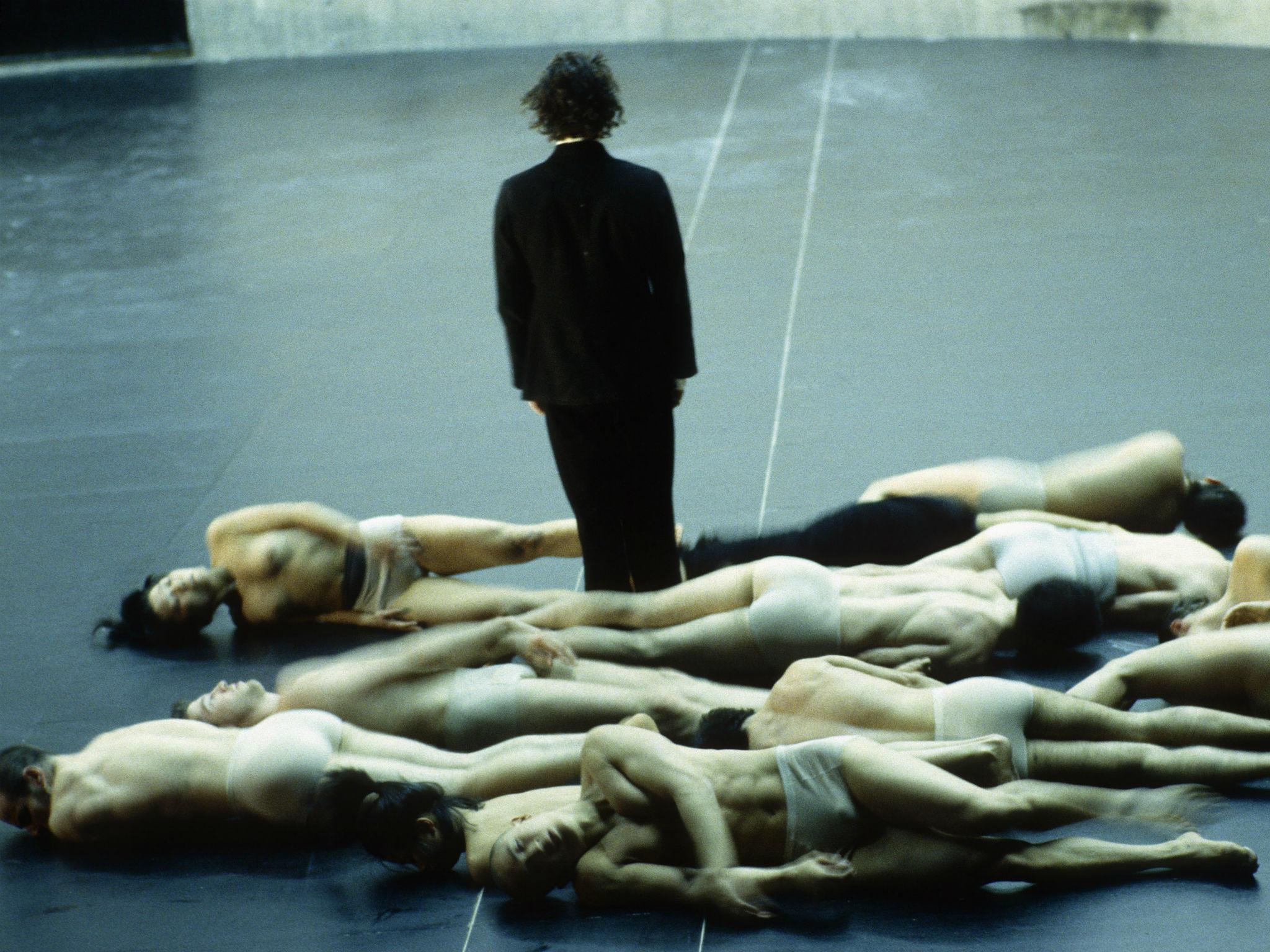Sasha Waltz & Guests, Sadler’s Wells, London, review: Waltz crosses art/dance boundaries
‘Körper’ shows the Berlin-based choreographer looks at her dancers’ bodies and vulnerabilities in a mix of speech, dance and physical theatre

Your support helps us to tell the story
From reproductive rights to climate change to Big Tech, The Independent is on the ground when the story is developing. Whether it's investigating the financials of Elon Musk's pro-Trump PAC or producing our latest documentary, 'The A Word', which shines a light on the American women fighting for reproductive rights, we know how important it is to parse out the facts from the messaging.
At such a critical moment in US history, we need reporters on the ground. Your donation allows us to keep sending journalists to speak to both sides of the story.
The Independent is trusted by Americans across the entire political spectrum. And unlike many other quality news outlets, we choose not to lock Americans out of our reporting and analysis with paywalls. We believe quality journalism should be available to everyone, paid for by those who can afford it.
Your support makes all the difference.In Körper, Berlin-based choreographer Sasha Waltz prods at the idea of the body. She literally piles up her dancers, creating patterns or random heaps, questions how they see themselves or plunges them into surreal activity. One dancer puts on skis and a safety harness to swoop down a vertical wall; when the wall falls, it sends a gust of wind through the theatre, ruffling the audience’s hair.
Waltz crosses art/dance boundaries, working extensively in museums and with opera. Her appointment as co-director of the Berlin State Ballet, a role she takes up next year, has already proved controversial, since she’s a contemporary dance choreographer taking over a classical ballet company. Körper shows her working firmly in the dance theatre tradition of Pina Bausch, looking at her dancers’ bodies and vulnerabilities in a mix of speech, dance and physical theatre.
The show starts as the audience arrive, with dancers prowling about the stage, working through repetitive patterns. Two men lie down or inch along a wall, holding hands. Their bodies smudge the chalk figure drawn on the wall; Waltz keeps drawing marks around bodies, then erasing them. Fingers, hands and faces poke out from holes in the wall, in creepy or surreal poses.
The dancers are quick and agile, but they also have to fight against the set design, by Waltz with Thomas Schenk and Heike Schuppelius. They squeeze themselves into the narrow space behind a window, wriggling and climbing over each other. It’s a tight enough fit that any wider body parts – shoulders, noses, breasts – get squished against the glass, leaving smears. There’s plenty of nudity, but little interest in sex.
When they talk about their bodies, the dancers are both matter-of-fact and back to front. Describing how it feels to swallow coffee, a woman strokes a hand down her leg rather than her throat. A man discusses his fears of illness, focusing on his organs while admitting he has no idea how they work. Scenes of chaos are weaker, with a lot of running and shouting.
Waltz is concerned with the day-to-day experience of inhabiting a body, in making sense of it. Yet she also makes it strange. Dressed in flowing skirts, one dancer perches on another’s back, creating a composite creature like a centaur. Measuring themselves, trying to track how their bodies work, the dancers become both literal and dreamlike.
Join our commenting forum
Join thought-provoking conversations, follow other Independent readers and see their replies
Comments